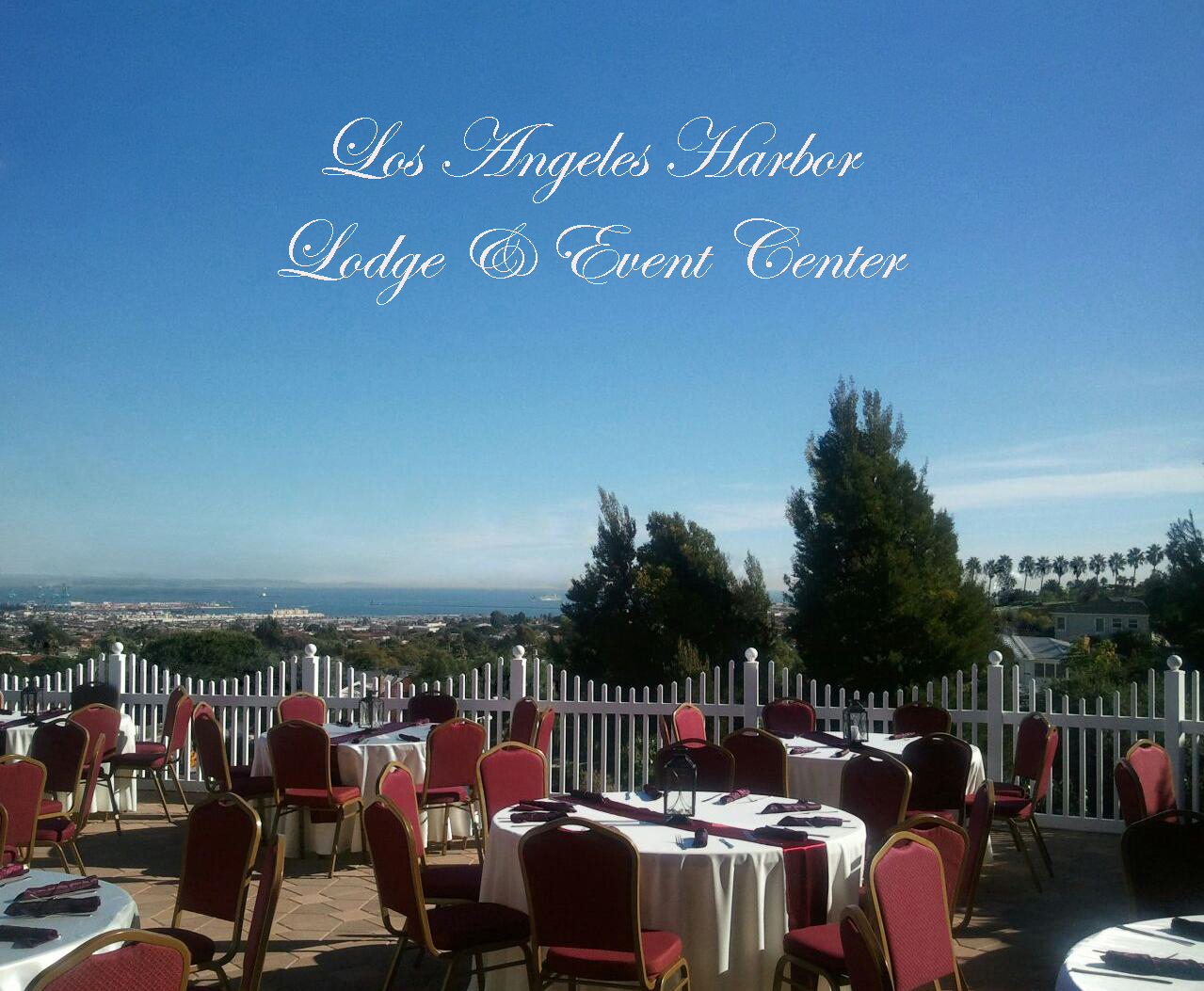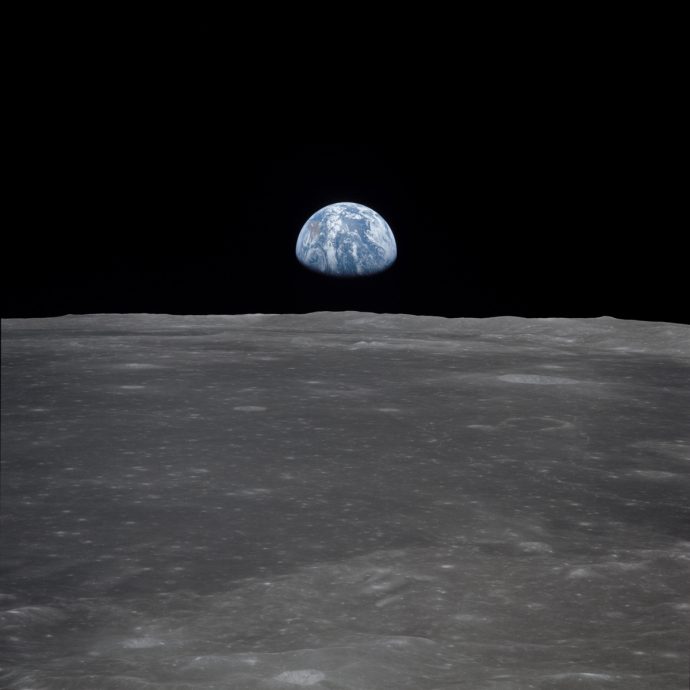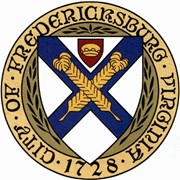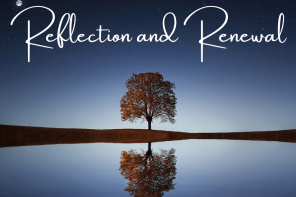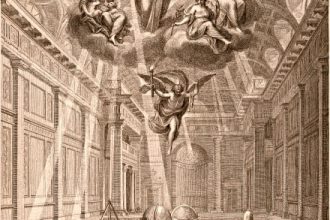“All must hope that someday America would penetrate the deepest secrets of that mysterious orb, the moon,” wrote Jules Verne in his 1865 novel From the Earth to the Moon. A little more than 100 years after Verne published his science fiction adventure, Americans achieved this dream when astronauts Neil A. Armstrong and Edwin E. “Buzz” Aldrin, Jr., set foot on the moon on 20 July 1969. What might not be as widely known are the Masonic links to the moon landing fifty years ago and the early years of the NASA manned space program.
Illustrious Aldrin, 33°, the second man to step on the moon’s surface in the Apollo 11 lunar landing, was a member of Clear Lake Lodge No. 1417 of Seabrook, Texas, as well as a member of the Scottish Rite bodies. Relatively unpublicized is the fact is that Brother Aldrin carried a double-headed eagle banner of the Scottish Rite, with an inset square and compasses and Grand Commander’s emblem, on his space journey. Through his auspices – and acting under special deputation of the Grand Master of the Grand Lodge of Texas – Tranquility Lodge No. 2000 was founded in the Sea of Tranquility, though “meeting in Texas until a proper lodge room is constructed on the moon.”
Because of the historic feat of Brother Aldrin and his fellow crew members, it would be easy to think of him as the one Mason synonymous with space flight. In fact, this would be untrue. Freemasons were involved in the American space program every step of the way that culminated with Neil Armstrong’s “one small step for [a] man, one giant leap for mankind.”
Illustrious John H. Glenn, Jr., 33°, initially achieved fame as the third American to be launched into space and the first American to orbit the earth, doing so in Project Mercury’s Friendship 7 spacecraft in February of 1962. Glenn hailed from Concord Lodge No. 688 in New Concord, Ohio, and eventually served as a prominent United States senator and as a presidential candidate. He also came out of retirement to fly on a space shuttle in 1998, in part to conduct research on spaceflight and aging. He currently holds the record for being the oldest person ever to fly in space, being 77 years of age at the time of the flight.
Illustrious Leroy Gordon Cooper, Jr., 33°, member of Carbondale Lodge No. 92 of Carbondale, Colorado, and the Orlando (Florida) Scottish Rite, piloted the Faith 7 spacecraft on a 22-orbit mission which concluded Project Mercury in May of 1963. Cooper followed up this flight in August of the same year, commanding the two-man Gemini V mission. During Gemini V flight Brother Cooper, like Brother Aldrin six years later, carried a Masonic flag in his personal possessions during the mission.
Brother Virgil I. “Gus” Grissom, 32°, was another Mason involved in the American space effort. Grissom piloted the Liberty Bell 7 spacecraft on 21 July 1961 during Project Mercury, and later commanded the Gemini 3 mission. Brother Grissom came to represent the heroism and bravery of the men who served as NASA’s early astronauts. Grissom and two fellow astronauts were tragically killed on 27 January 1967 by a flash fire during a launch pad training session on the then-new Apollo I spacecraft, an event which led to extensive redesign of the launch vehicle and its safety systems, upgrades for which Grissom himself had advocated prior to the accident. Grissom was a member of Mitchell Lodge No. 228 and the Valley of Orlando.
Lt. Col. (and Brother) Donn F. Eisle was command module pilot of Apollo 7 on 11 October 1968. This was the first manned space mission of the Apollo program. Eisle’s lodge was Luther B. Turner Lodge No. 732 in Columbus, Ohio. Illustrious Walter M. “Wally” Schirra, Jr., 33°, also flew on Apollo 7, as well as on earlier Mercury and Gemini missions. He was a member of Canaveral Lodge No. 339 at Cocoa Beach, Florida, and of the Orlando Scottish Rite Bodies.
Like Brother Schirra, Illustrious Thomas P. Stafford, 33°, also flew in the Gemini missions before serving as the commander of the lunar-orbiting (but not landing) Apollo 8. Stafford, believing that color video would help the public understand the space effort better, also helped develop a miniaturized color television camera system used on Apollo 8 through Apollo 14. He was a member of Western Star Lodge No. 138 in Weatherford, Oklahoma.
Brother Paul J. Weitz served as astronaut support crew for the Apollo 12 flight. He later flew in space on Skylab and the Space Shuttle. He hailed from Lawrence Lodge No, 708 in Erie, Pennsylvania.
Edgar D. “Ed” Mitchell, a member of Artesia Lodge No. 28 in Artesia, New Mexico, served on the crew of Apollo XIV, landing on the moon. However, his service in the moon program went beyond this. Mitchell served as part of the Apollo 13 Missions Operations Team, where he worked on ground-based simulations that helped bring the astronauts aboard the critically damaged Apollo 13 spacecraft back to earth safely. He thus shared in the Presidential Medal of Freedom awarded to the team for its efforts. Brother Mitchell was also active in the Order of DeMolay. Later in his career, he became a source of controversy due to his belief in the reality of UFOs and his work with the Institute for Noetic Sciences.
Of course, not all Masons involved in America’s lunar program have been astronauts. Many readers of The Scottish Rite Journal will recognize the surname of Illustrious Kenneth S. Kleinknecht, 33°, as he was brother of Illustrious C. Fred Kleinknecht, 33°, the long-time Sovereign Grand Commander of the Scottish Rite, Southern Jurisdiction. An engineer who worked on early manned spaceflight, Kenneth Kleinknecht was appointed manager of the Command and Service Modules of the Apollo Spacecraft Program. Brother Kleinknecht, a member of Fairview Lodge No. 699 in Fairview, Ohio, and the Pasadena (California) Scottish Rite Bodies, once penned articles on the space program for The New Age Magazine, as The Scottish Rite Journal was formerly known.
Brother James Edwin Webb was an Administrator at NASA from 14 February 1961 to 7 October 1968. He was a member of University Lodge No. 409 at Chapel Hill, North Carolina, and Oxford Lodge No. 122 in Oxford, North Carolina. His work at NASA is planned to be memorialized in the soon-to-be-launched James Webb Space Telescope, an orbiting space telescope designed to replace, and see even further into space than, the powerful but aging Hubble Space Telescope.
With so many Masons involved in the space program, it is little wonder that Masons during the 1960s followed the space effort with great interest. Indeed, the November 1969 issue of The New Age Magazine confirms this: the issue is entitled “On the Moon,” and the cover features a space-suited Brother Aldrin posing next to the US flag on the lunar surface. The issue also contains an article by Illustrious Kenneth Kleinknecht, 33°, (as mentioned above, then serving as Manager for the Command and Service Modules of the Apollo program) called “Freemasonry in the Space Age.” Yet even in this moment of American technological triumph, our Masonic brother reminds us of the need to remember things eternal: “Freemasonry teaches eternal, everlasting truths which no amount of scientific development can change or alter…”
Brother Kleinknecht also notes how many of the early spacecraft had names, frequently chosen by the astronauts themselves, ringing through and through with Masonic and American ideals: “Freedom,” “Friendship,” and “Faith,” to name a few. Finally, drawing upon perhaps the greatest achievement of the Apollo program – the picture of the earth, containing all of humanity, floating above the magnificent desolation of the lunar landscape – our brother in 1969 reminds us of the common goals which are shared between science, exploration, and faith: “All men can be bound as one. In God, and only in Him, can mankind find the unifying belief that will bind all races of all countries together.”
by Mark Dreisonstok, 32°, Staff Writer/Editor, The Scottish Rite Journal
Reprinted by kind permission from the “Scottish Rite Journal”
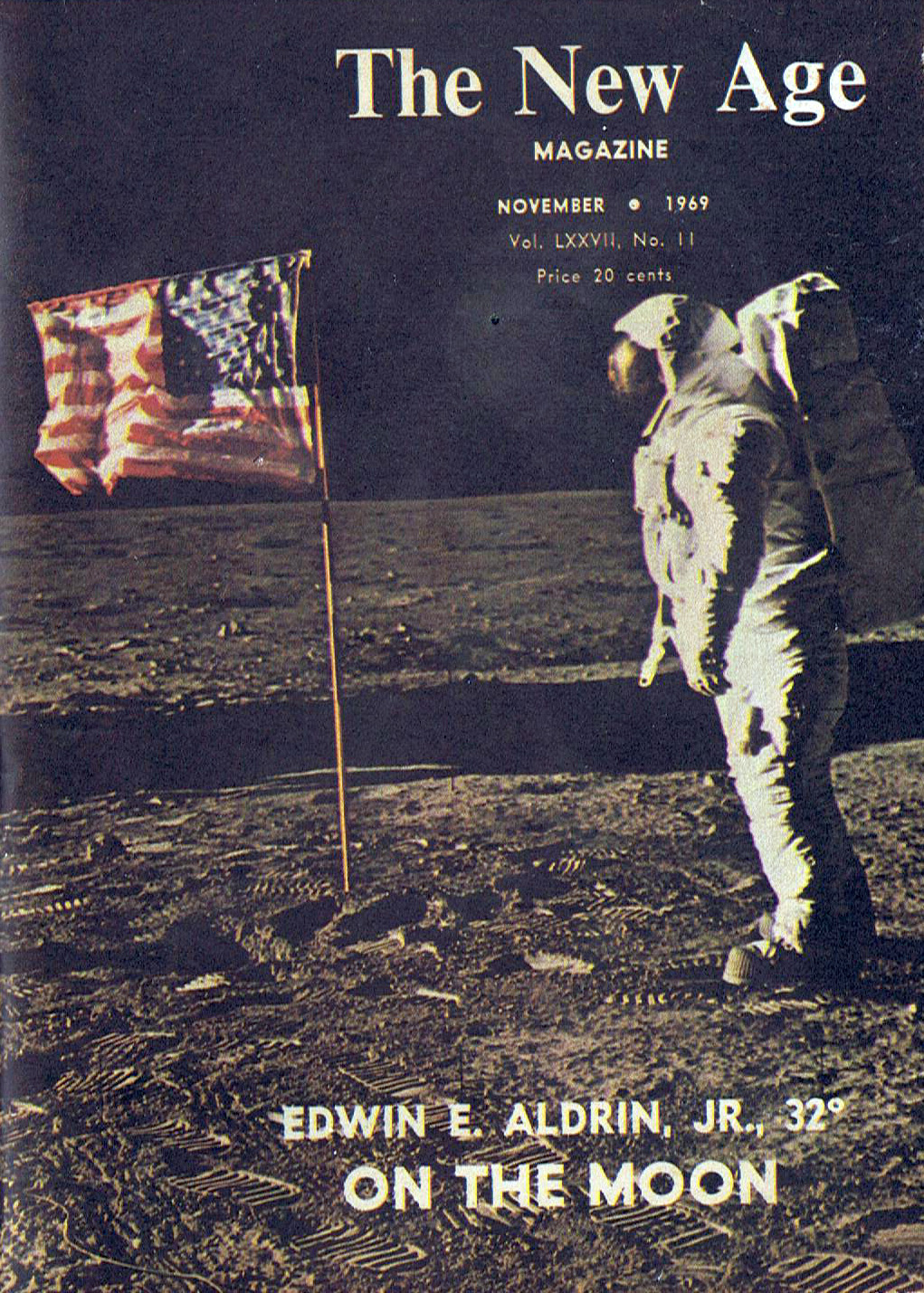
Illustrious Edwin E. “Buzz” Aldrin, Jr., 33°, featured on the cover of The New Age Magazine, November 1969.
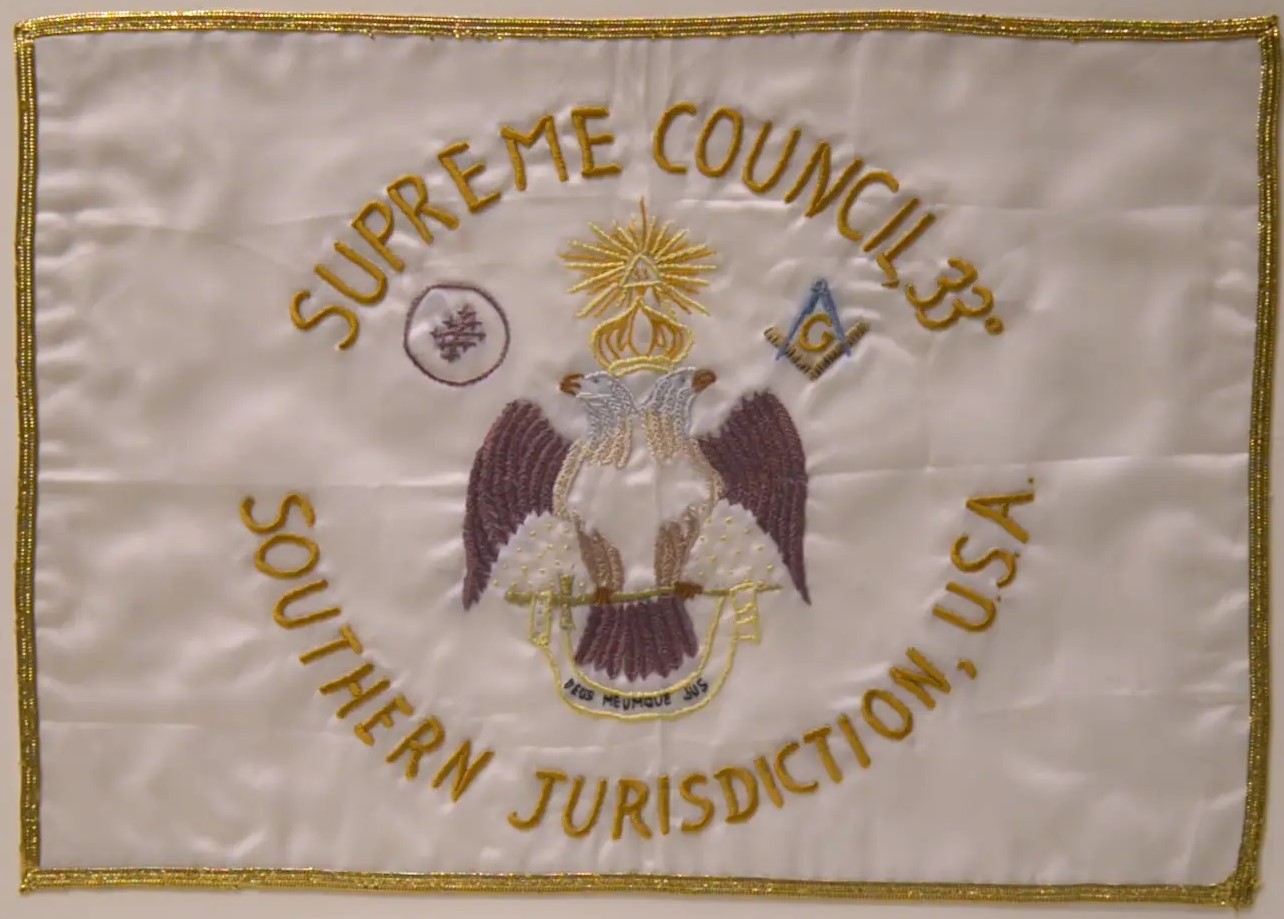
The Buzz Aldrin Space Flag was hand-sewn by Inge Baum, Librarian of the Supreme Council in 1969. This flag was among the personal effects of Brother Aldrin when he landed on the Moon in July 1969.
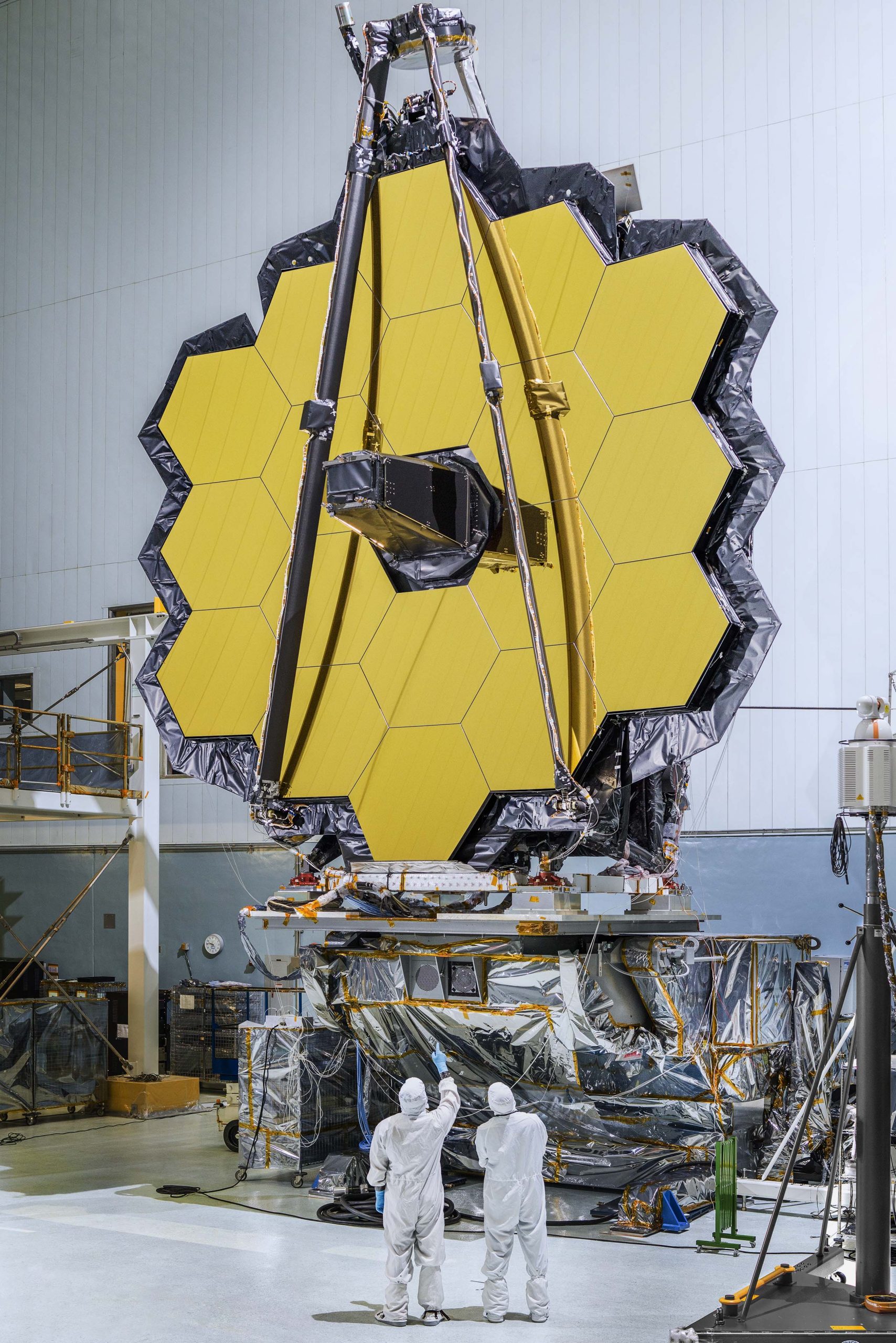
The James Webb Space Telescope is scheduled to be launched in March 2021.
